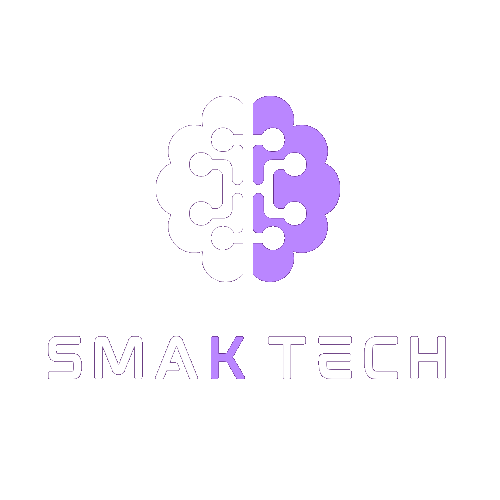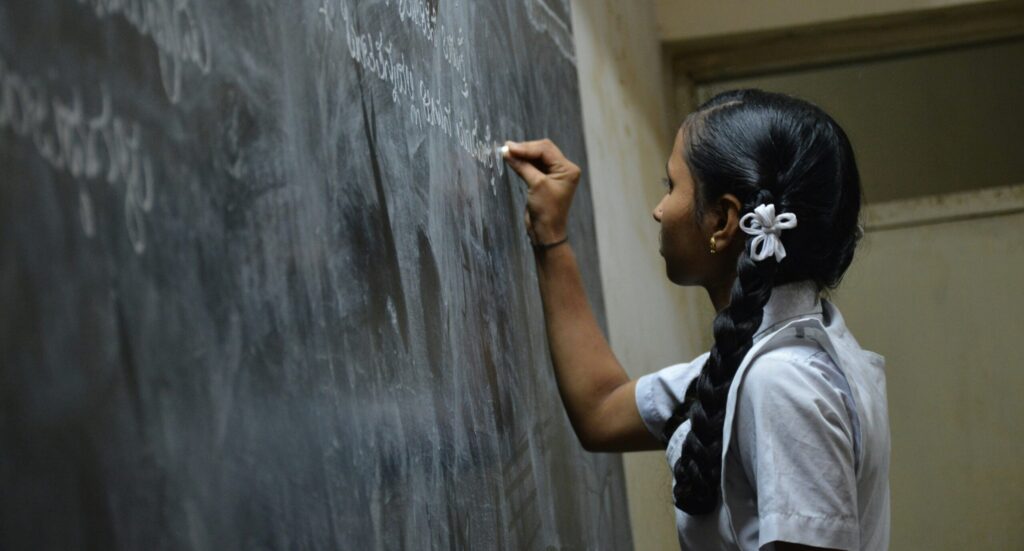For years, if a student’s performance was stagnant, the only interpretation was a lack of practice and unwillingness to learn. But Today, data enables instructors to go beyond assumptions and design assistance and interventions that genuinely make a difference. They use data not simply to track student performance, but also to enhance and unlock the kids’ full potential. It’s not just about evaluating the data, but also about tailoring it to assist kids’ progress from average to distinction.
Table of Contents
ToggleData-driven teaching: Turning analytics into action
A lot has changed over the years in the education industry, including the shift from traditional teaching to data-driven teaching. Why does it matter? Because every student is unique with his/her strengths and weaknesses. Thus, the one-size-fits-all methods fail to cater to their needs, and this is where data-driven learning takes the upper hand.
According to the Michael and Susan Dell Foundation, “Rajasthan, one of India’s largest and most diverse school systems, used pen and paper to collect student data and track progress. Without real-time performance tracking, accountability was limited. We partnered to launch the first state-level data management system, improving accountability and boosting learning for more than 9 million students in 65,000 schools.” This shows how data is being used to address most of the problems that existed earlier.
What is data-driven teaching?
It is an approach that includes collecting, analyzing data from assessments, tests, and quizzes, and even attendance, making a personalized student performance chart. It also includes goal setting and tracking, wherein measurable goals are set for students. This turns out to a proper feedback, enabling timely support to students and suggesting changes in strategies for teachers.
How Teachers Are Transforming Data into Decisions
Collection of the data
This is the first step in which teachers gather information through:
- Assessment scores: Quizzes, Class test scores, and assignments help teachers analyze the academic performance scale.
- Class participation: Organising class discussions and observing the students’ response to particular topics and areas of interest.
- Behavioural insights: Tracking the participation rate in the classroom discussion and group activities, regularity with the attendance, helps the teacher analyze the learning gaps.
- Regularity with homework: Tracking of the homework submission and accuracy trends help the teacher monitor the efforts of students.
Want to convert your insights into impact? Smaktech is here!
Smaktech is a one-stop solution for teachers, students, parents, and administrators. From managing classes to creating assessments and tracking student performance with real-time dashboards and KPI analytics, Smaktech has it all.

Analysis and identifying patterns
Once the data is collected, teachers can use it to analyze the student performance chart and identify the following learning gaps:
Conceptual Gap-
- The student gives correct answers in simple questions, but if the same questions are molded, he/ she might commit mistakes. This is known as the conceptual gap.
- The confusion points shown by LMS analytics are the Attempt pattern and time spent on a lesson. These help the teachers to track the conceptual gap.
Motivation Gap-
- If the student has the ability but lacks the motivation and confidence to show up. It also means being a strong performer at the start and fading over time due to previous low scores.
- Irregular login patterns, skipped patterns, and late submissions are all proof of the motivation gap.
Comprehension Gap-
- If the student finds it difficult to decode the instructions in the word problems. Giving correct answers to direct calculations, but having difficulty with interpretation questions, is also an indicator of the comprehension gap.
- Reading comprehension errors detected through AI indicate this gap.
Pacing gap-
- It indicates a pacing gap if the student is either slow to grasp the concepts or is a very fast learner. Where one needs much time to finish a particular task, and another completes it quickly.
- Teachers identify it by tracking submission patterns and task completion time.
Confidence gap-
- It is a confidence gap if the student underperforms due to less self-belief, less class participation, even if he/ she know the right answer.
- Verbal participation records and survey responses help to indicate this gap.

Tailoring specific needs
Now that the teacher has recognized the various gaps, let’s go into the strategies the instructor uses to improve them.
Conceptual Gap –
- Backtracking to the basics is critical for closing the conceptual gap, which requires reviewing a specific concept.
- Teachers utilize strong visual and concrete examples on their dashboards to help students retain essential concepts in different areas, such as science and math. Repetition of the topic in various forms of quizzes or polls helps to strengthen understanding over time.
Motivation Gap –
- Teachers benefit much from feedback forms in terms of closing the motivation gap. This allows them to detect disengaged kids and engage in a conversation with them.
- Tracking and celebrating modest victories might restore their motivation.
Comprehension gap-
- The first and most important step toward closing the comprehension gap should be to provide guided reading support based on error trends.
- Incorporating infographics and videos can assist.
Pacing gap-
- Monitoring work completion times in LMS platforms can assist in closing the pace gap.
- Extra practice for individuals who struggle with time management and assigning self-paced modules to them.Also, breaking down the extensive classes into chunks help students learn and reflect on their mistakes.
Confidence gap—
- Finally, to address the confidence gap, teachers employ academic success charts to demonstrate students’ actual development and growth.
- Incorporating quizzes without grades to create a non-judgmental environment, every time a student completes a particular project, they are provided with positive feedback, as tiny successes gradually increase self-confidence.
Are you ready to elevate your experience? Discover how SmakTech can empower you with the support you need!
At the end, it is not just about assessing the gaps but transforming every gap into an opportunity. Behind every data point, there is a story of a student with potential, challenges, and dreams. Teachers interpret with purpose and data with empathy. True distinction doesn’t come with data, it comes with proper strategy, and this is how the student performance doesn’t just improve—it thrives.



